Chengdu
Pandas' Hometown
Jiuzhaigou
Famous Fairyland
Emeishan
Sacred Buddhist Site
Leshan
Giant Buddha
Gonggashan
Best for Hiking
Daocheng Yading
Shangri La Views
Dujiangyan
Irrigation System
Siguniangshan
Eastern Alps
Langmusi is the Chinese name of Langmu Monastery. It is located by the border of Sichuan and Gansu Province in the Tibetan area. Langmu Monastery is the name of a place. Generally Langmusi indicates Langmusi Town in Gansu and Langmusi Village in Sichuan. It is a group of monasteries built at the border of Sichuan and Gansu Province. Langmu Monastery is the short name of Dacang Langmu Kirti Monastery. The monastery in Sichuan is a Gelugpa monastery in Tibetan Buddhism. The monastery in Gansu is called Sertri Monastery. Both monasteries are located in the Langmu Valley. At Langmusi, an amazing fact is that there are lots of Muslims while this place is known as a Tibetan place.
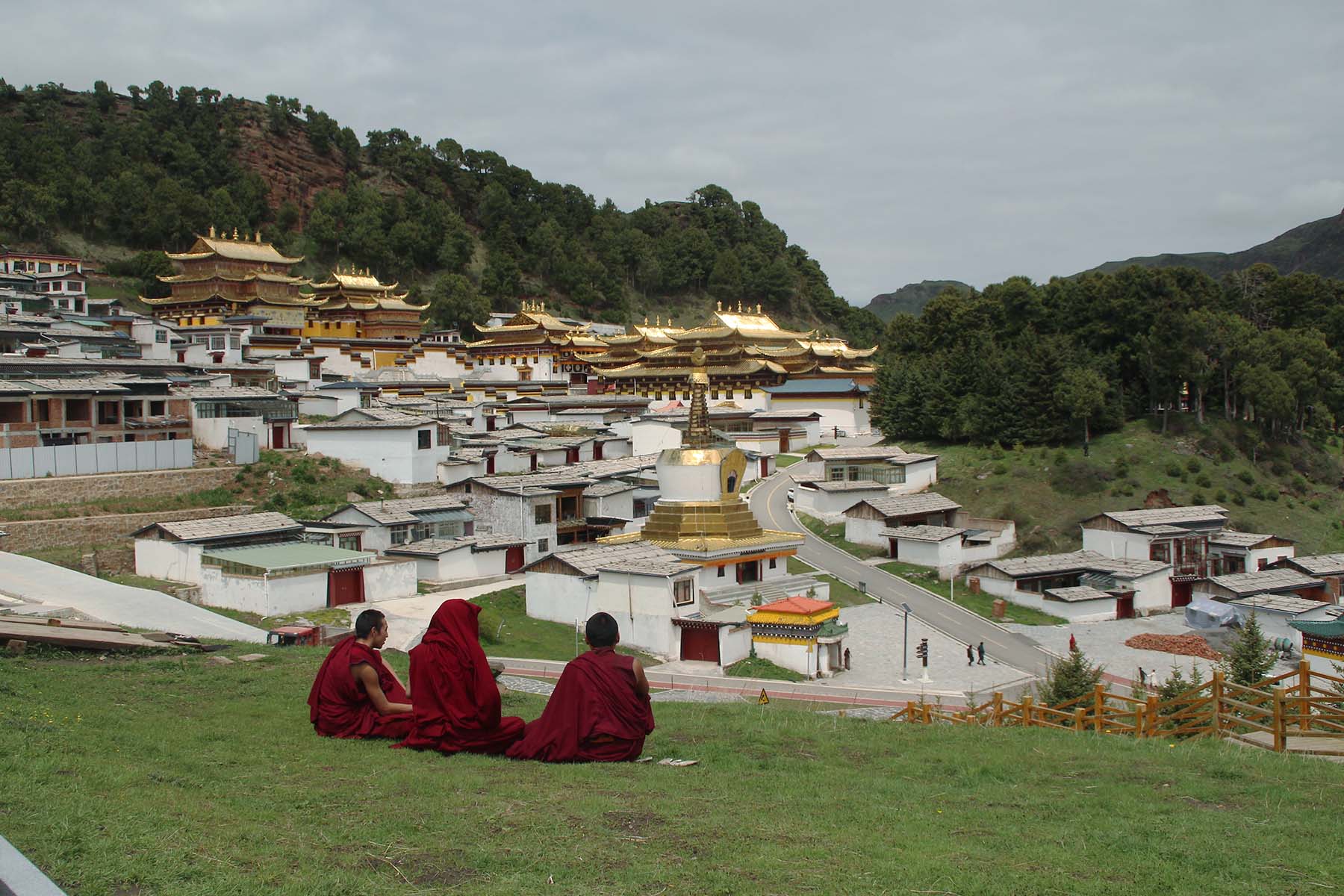
To drive to Langmusi is by far the only way to get there. And the quickest way to travel to Langmusi is from Lanzhou, which is a big city 400km north of Langmusi. Using public transport, you can get to Hezuo City first and from Hezuo City, spend 50 yuan on the bus everyday at Hezuo Bus Station at 6:30, 7:20 and 12:00 each day. From Xiahe County, another smaller town famous for its important Gelugpa Labrang Monastery, you can also use public bus. At 6:40 and 7:40 there you catch the bus spending about 70 yuan to Langmusi. But if you want to get to Langmusi from Lanzhou directly, you need to transfer to Diebu County first from Lanzhou and then catch a bus from Diebu to Langmusi.
From Sichuan you can drive from Chengdu, and it is around 560km, by driving it takes over 10 hours to get to. Normally people go to Langmusi on an overland road trip from Lanzhou to Chengdu or the other way around and then cover the many beautiful places along the way.
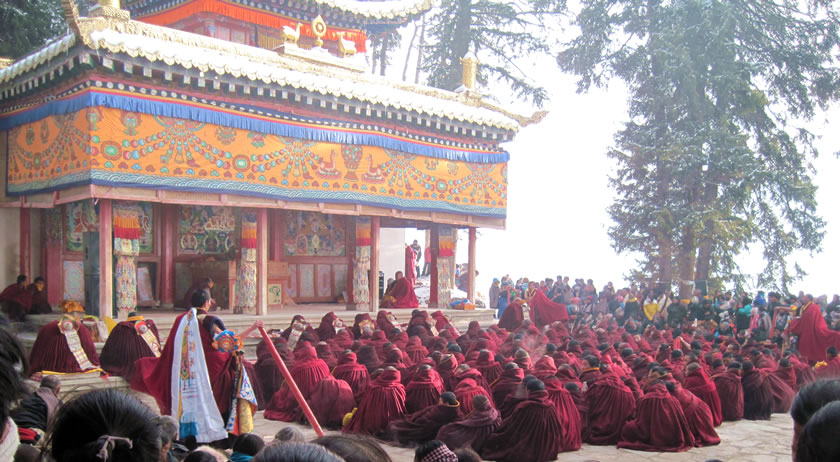
Langmu Monastery is also called Geerdi Monastery in Sichuan. The highlight of this monastery is the real body of the 5th Kirti Renpoche. The monastery display this Renpoche every 3 or 5 days so not every visitor can see this what local people believed to be a miracle. Langmu Monastery has a history of over 600 years. Visiting these complex takes about 1-2 hours.
Saici Monastery is part of Langmusi and it is located by the Gansu side. The constructions of Saici Monastery are splendid. On every top of the temples, there is gold-copped top. Behind Saici Monastery there is a sky burial site when dead people are chopped after the Tibetan funeral. Walk for 40 minutes you can reach the site but there may be a funeral only when someone dies.
White Dragon Valley is by the end of Geerdi Monastery. Riding horse or hiking are the best ways to visit this place. The beautiful views in this valley include the strange rocky walls, and caves called Tiger Cave and Fairy Cave, where believed to be meditation sites for former Buddhist masters. If you reach the top of the mountain, you can have a full view of Langmusi.
Thankha Display or To Respect Buddha, is called Guigexian in Tibetan. It means to display the Buddha picture on a silk-made cloth usually huge cloth. The purpose of displaying the Buddha is to show the greatness of the meaning of Buddhism by the Buddhists. Normally the many Buddhists will come together for this event held on each 13th of the first month in Tibetan Lunar Calendar. This event starts every year on this day by 9:00, the monks will slowly scroll a huge Thankha of Buddha on a specially-made display slope. The size of the Thankha is about 4 meters’ wide and 12 meters’ long. During and after the display, the monks will pray and chant together to pray for good things for the world. The history and spiritual part of Langmusi is more significant. Tibetans are religious people, so there are lots of rules they follow on a daily basis, including when you are watching a sky funeral, the visitors respect to local culture is a good way to protect local culture.
Red Rock Cliff is a big wall of red rocks on the mountain east of the town of Langmusi. It is visible from both monastery complex. During a good weather day the color of the rocks become very red. It is called "the red mountain" and "Chong-po-ma"(offerings) by local people. It is where the sun rises. The Red Rock Cliff is also a holy place among local traditions.
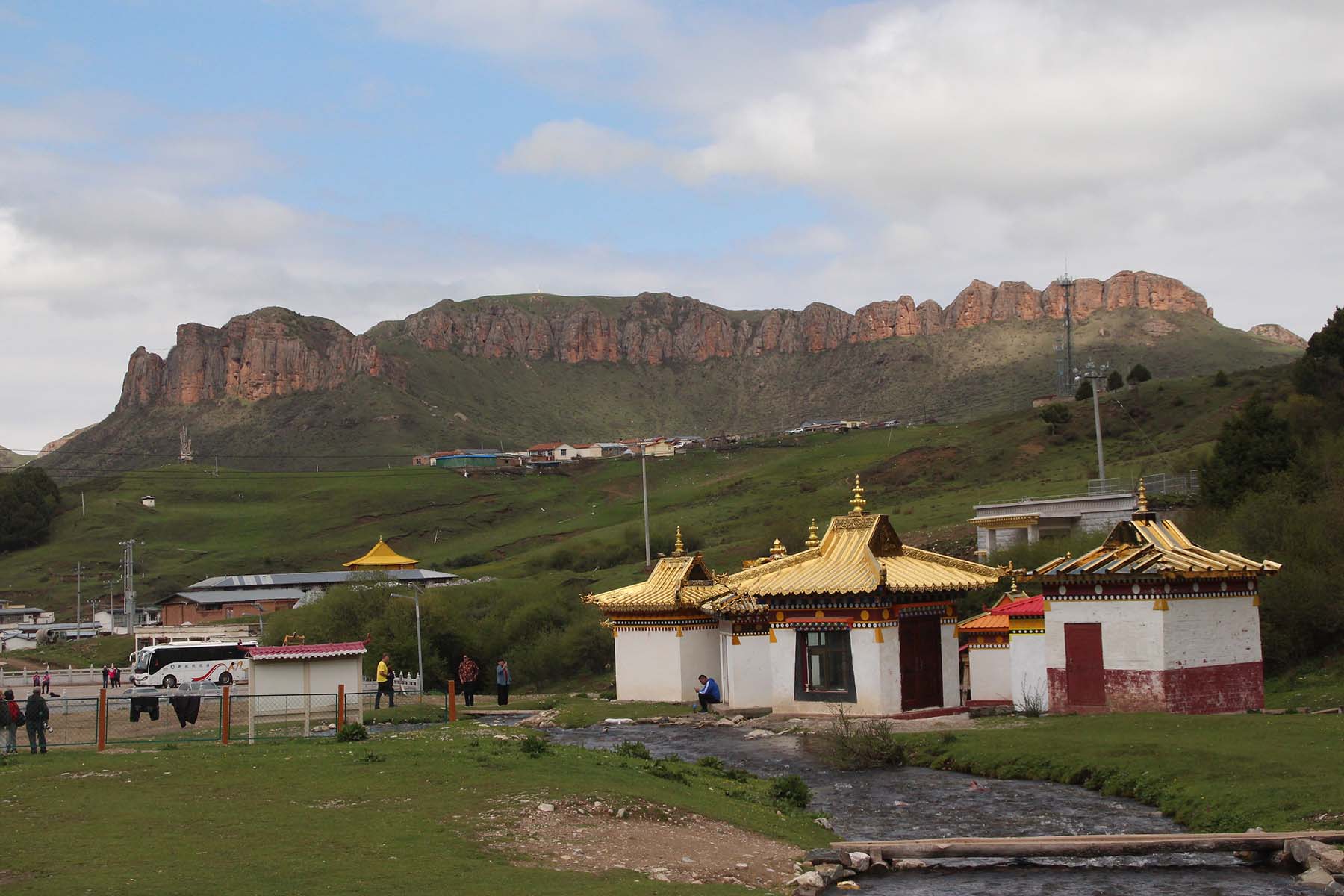
The best time to visit Langmu Monastery is from May to October, and during the Tibetan New Year. Summer is the blooming season. Summer is warm and comfortable. Winter is cold but there are lots of Buddhist celebrations in the winter during Tibetan New Year Celebrations.
Monastery Entrance: 30yuan /person
Monastery Business Season: April-October
Recommended length of visiting: 2-3h
Langmu Monastery is usually considered to be more like Gansu and being part of the beautiful Gannan Area but if you travel further south down to Sichuan you will see many different kinds of landscape that are also very beautiful including the amazing Jiuzhaigou Park, First Bend of Yellow River, Waterscape of Huanglong Park, etc. These places are all not very far from one another. One can base in Sichuan and do a loop tour to cover Langmusi, or one can base in Gansu to do a loop road trip to see the amazing Tibetan area in the mountains of Southern Gansu, or one can do an overland road tour from Gansu to Sichuan (or the other) and see everything in one trip. Traveling in this part of China is truly and adventure itself given the time you may need to invest in. This area doesn’t need complicated permits or process for foreigners and it is a unique experience to see this part of China with such diversity.
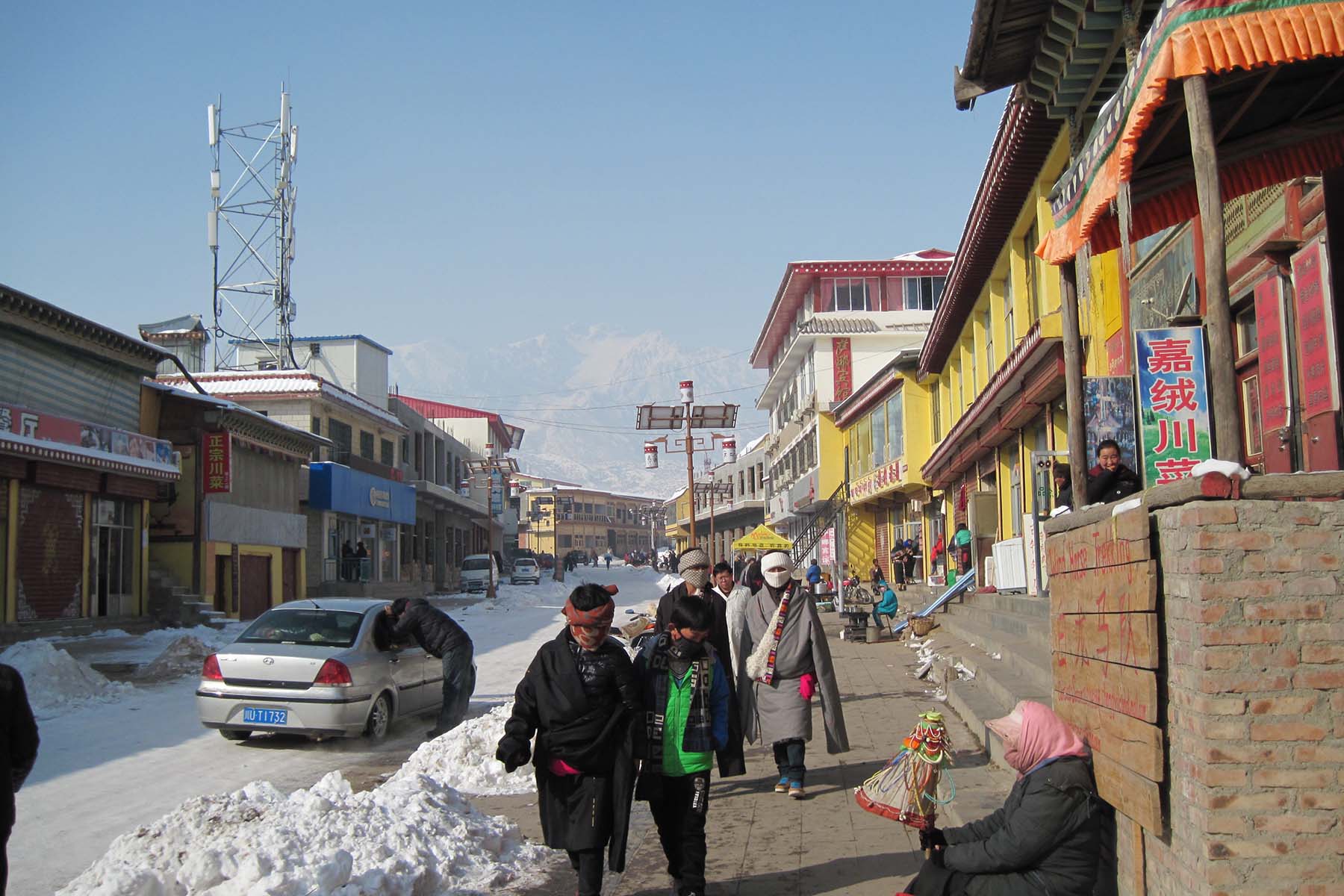
Plenty of guesthouse and local hotels stand on both sides’ of the narrow street of Langmusi. You can find Tibetan food, Muslin food, Chinese food and even Western food here at Langmusi. Accommodations are quite basic and mostly are economy hotels. If you want to have more comfortable rooms you are recommended to stay in Zoige which is around 1.5-hour drive away. Or one can stay by Diebu or Luqu County which are both around 2 hours’ drive away that have better accommodation options.
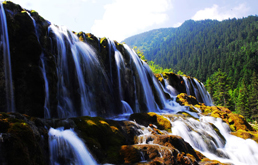
Route: Chengdu - Jiuzhaigou
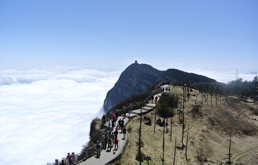
Route: Chengdu - Leshan - Emeishan - Chengdu
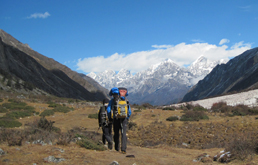
Route: Chengdu - Kangding - Gongga - Chengdu